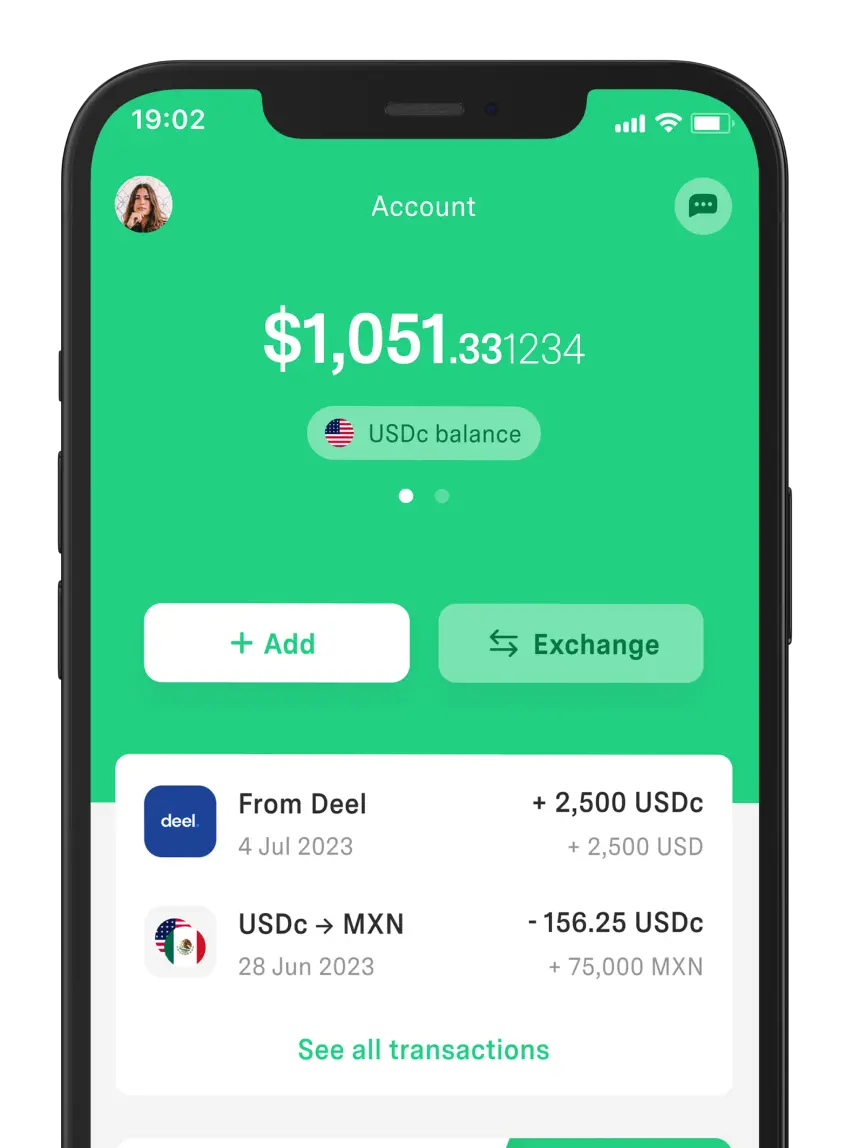 Your Money
Your Money Payment Receipt: What It Is, What It’s For, and How to Obtain It
A payment receipt is issued after purchases, transfers, or payments. Learn how to obtain a payment receipt and its uses.



Do you want to grow your money easily? Investment funds can help, as they aim to make your money grow without you having to manage every movement. Additionally, you can choose different markets depending on the level of risk you can take.
But before investing, it’s important to gather all the necessary information. That’s why, below, we explain what an investment fund is and how it works, as well as the key aspects to consider, types of funds, advantages, and associated risks.
An investment fund is a financial instrument that pools money from multiple participants (investors) to be managed by a team of industry experts. This capital is invested in different assets with the goal of generating returns based on a defined strategy.
Investors can be individuals or legal entities, and the asset portfolio may include:
Bonds
Stocks
Real estate
Commodities
This depends on the type of investment fund.
Investment funds are managed by a group of experts who make decisions that benefit the participants.
The process begins when investors contribute money to the fund. By doing so, they receive the right to a proportional share of the returns, as well as the risks.
The fund managers analyze the market and decide which financial assets to invest in, according to the fund’s strategy.
Then, the collected capital from multiple participants is distributed across various assets to minimize risk and maximize gains.
It is important to note that the value of these participations fluctuates depending on the fund’s performance and market conditions.
Yes, an investment fund can be considered a savings instrument. Why? Because it allows participants to deposit their money and accumulate benefits over time.
By making these contributions, each investor receives shares that represent their proportion within the fund.
The popularity of investment funds lies in their ability to provide professional management for asset diversification. This makes them an attractive option for both individuals and companies.
These instruments can be classified into various categories in Mexico, depending on strategy, liquidity, and risk level.
Here are some of the most common ones:
Capital is invested in bonds and other debt instruments, such as government-issued loans used for financing. This is a common option for those seeking low risk and stability in their investment.
These are primarily invested in company stocks. The money is used to buy small shares in different companies, such as Apple, Tesla, or NVIDIA.
These combine the two previous types (stocks and bonds) to balance risk and profitability. For example, the capital may be allocated 60% to bonds and 40% to stocks.
These allow for diversification and protection against inflation or economic uncertainty, as the money is invested in natural resources such as gold, oil, or metals.
Their portfolio consists of financial assets representing third-party debt. These may include government or corporate bonds, promissory notes, or securitized loans.
This is a passive investment option designed to mirror the performance of a set of stocks in the market, such as the S&P 500.
Instead of actively selecting stocks, they buy all (or most) of the stocks that make up the index, aiming to have their value rise or fall along with the index they are tracking.
Some of the Best Investment Funds in Mexico:
FT-LIQU BF1, managed by Franklin Templeton.
HSBCMEX and HSBCDMP, managed by HSBC Asset Management México.
GBM, managed by GBM Administradora de Activos, S.A.
You can compare different funds based on your objectives and risk profile using CONDUSEF's Investment Fund Simulator.
Now that we’ve covered what an investment fund is and how it works, let’s talk about its advantages:
Diversification. Investing in multiple assets reduces the negative impact of potential losses in a single investment.
Professional Management. Investment funds are managed by specialists who analyze the market and make strategic decisions to maximize returns.
Accessibility. Investors gain access to markets that would otherwise be difficult to operate individually.
Liquidity. In most cases, you can buy or sell shares easily, depending on the type of fund.
Options for Different Profiles. There are funds with various risk levels and strategies.
Lower Costs Compared to Individual Investments. Pooling money from multiple people means lower transaction and management costs compared to investing in multiple assets individually.
Automatic Reinvestment. Many funds allow reinvesting dividends or earned profits, increasing long-term profitability.
Additionally, investment funds in Mexico are regulated by the National Banking and Securities Commission (CNBV).
Although they have attractive benefits, investment funds also come with certain risks, some more than others. However, in general, you should consider:
Investment fund performance is not guaranteed. Not only does it depend on manager decisions, but also on the unpredictable nature of the market.
Supply and demand, economic policies, interest rates, and even currency devaluation can cause losses.
Although diversification helps reduce risk, it can also limit profit potential. For example, if a stock significantly increases in value, its effect on the total profitability of the fund may be lower due to capital distribution across multiple assets.
If you’re considering investing in funds but haven’t done so before, consider these key points:
Goals. Define what you want to achieve with your investment. Are you saving for a house? Retirement? A long vacation? This will help you choose the right fund.
Timeframe. Determine when you expect to reach your goals. There are short, medium, and long-term funds, but you should select one that aligns with your objective.
Risk Tolerance. Analyze how much risk you’re willing to take. If you prefer stability, choose conservative funds; if you seek higher returns and accept more risk, opt for more aggressive ones.
The best investment funds are those that generate high returns and align with these three points. However, seeking professional advice may be necessary to choose one that won’t harm your finances.
Fees are a key difference among investment funds and can impact the final returns.
Commissions on a BBVA mutual fund, for example, include:
Subscription fees
Redemption fees
Management fees
Performance and custody fees
However, each fund has different fees, and not all apply or have the same percentages. So, reviewing these costs is essential when selecting an investment fund.
When you invest in a fund, you own its assets. You actually buy shares of the fund, but you do not directly own the stocks or bonds in which you invest.
Investing in funds is the same as buying stocks. They are two different things. Funds diversify the investment across multiple assets, while buying stocks involves investing in a single company.
You need a lot of money to invest in funds. Many funds allow you to invest in low amounts, which is what makes them accessible to different types of investors.
Mutual funds are only for stocks. As mentioned in the types, there are a variety of assets in which to invest in addition to stocks.
You need to be an investment expert. The funds are not managed on your own, but by a team of professionals, which allows you to invest without advanced knowledge.
Looking for a short or medium-term option?
Buying dollars can be useful to temporarily safeguard your money, since it is one of the most stable currencies. Although it does not generate interest or yields per se, you can earn if its price rises against your local currency.
And you can do this through DolarApp, where you can obtain data from an account in digital dollars and add balance with an associated account. The exchange rate for USDc purchases we offer is competitive and there are no conversion fees involved.
Download the app, create an account and manage digital dollars from the palm of your hand!

The world has borders. Your finances don’t have to.
 Your Money
Your Money A payment receipt is issued after purchases, transfers, or payments. Learn how to obtain a payment receipt and its uses.

 Your Money
Your Money Online, you can find various payment receipt templates to print. But what is a money transfer receipt? Read this short guide and find out.

 Your Money
Your Money Do you know what remittances are and why they are important? Read this post to find out, along with how they work and the types of remittances that exist in Mexico.


